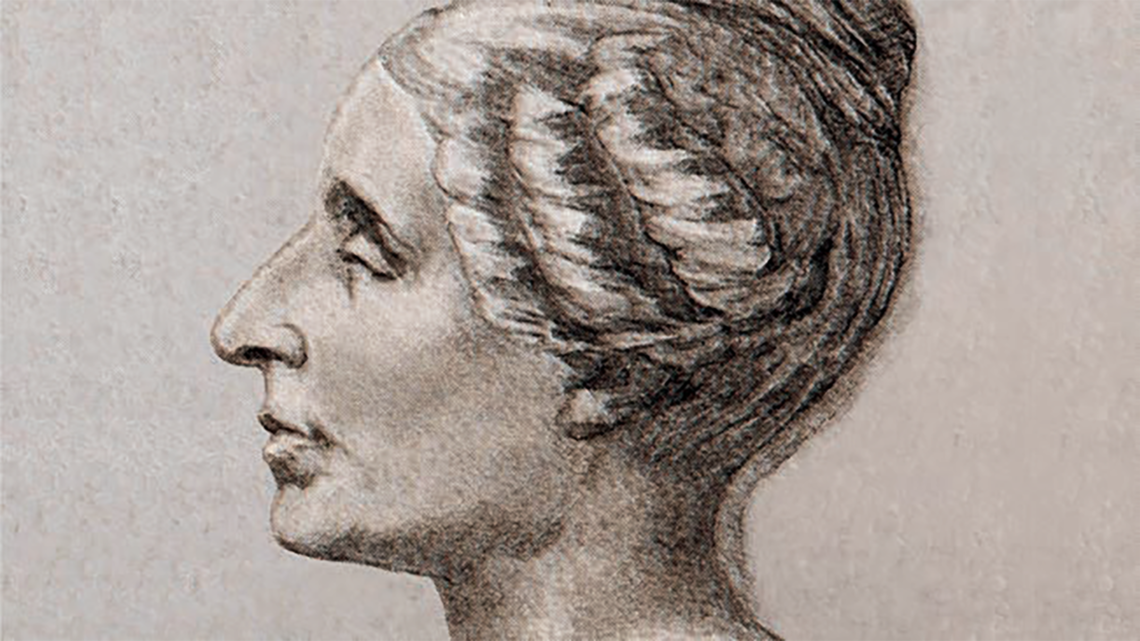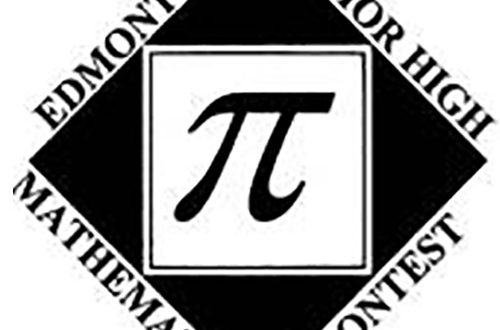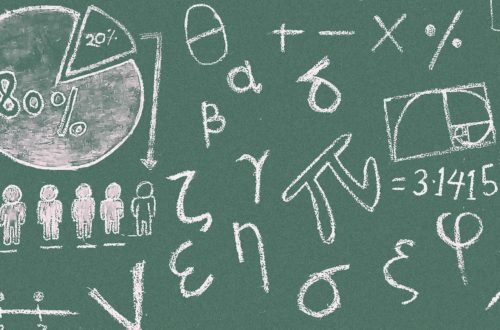Jennifer Kraft
Her Life
Sophie Germain (1776–1831) was a lifelong reader and academic. When the French Revolution erupted in Paris, young Sophie occupied herself at home by reading classic works from her father’s library, teaching herself Latin and Greek, and studying mathematics and geometry (Zielinski 2011). She is most known for her contributions to the study of acous-tics, elasticity and the theory of num-bers (Barrow-Green 1998).
Despite not being allowed to study
at the École Polytechnique, because she was female, Germain received lecture notes and submitted papers (under a false name) to a faculty member named Joseph-Louis Lagrange (Barrow-Green 1998; Zielin-ski 2011). Lagrange became her mentor, which led to her corresponding with other prominent mathematicians (Zielinski 2011). Lagrange continued to sup-port and encourage her work for many years.
Before diving into Germain’s work in mathematics, it is important to consider the many obstacles she faced along the way. Her work suffered as a result of her lack of formal training, and because she lacked access to the resources a male mathematician would have had, she missed out on opportunities that would have contributed to her credibility and knowledge (Barrow-Green 1998; Zielinski 2011).
Despite this lack of opportunity, Germain became the first woman to win a prize from the French Academy of Sciences (Zielinski 2011). This in itself was by no means an easy process. It took Germain three attempts before she was finally awarded the prize in 1816, for her account of the phenomena exhibited in experiments done by a German physicist on vibrating plates (Barrow-Green 1998; Famous Scientists 2017). In addition to this, German mathematician Carl Fried-rich Gauss persuaded the University of Göttingen to award Germain with an honorary degree, but unfor-tunately she died of cancer in 1831 before she could receive it (Del Centina 2008, 351).
Her Mathematical Contributions
Germain never published her work on Fermat’s last theorem (FLT), although her work is credited in a footnote in a treatise by French mathematician Adrien-Marie Legendre (Barrow-Green 1998; Del Centina 2008, 349; Famous Scientists 2017). How-ever, unpublished manuscripts, including letters from Germain to Gauss, have since been uncovered and transcribed by Del Centina. As he states, these manuscripts
throw new light on her strategy toward a proof of Fermat’s Last Theorem, which . . . appears more comprehensive and far-reaching. . . . Some of the results she stated, and often proved, were later rediscovered and published by other authors, without acknowledgement to her. (p 350)
We know that Fermat’s claim states that if n is a positive integer greater than 2, the equation xn + yn = zn does not admit integer non-trivial solutions, i.e. no three integers x, y and z exist, such that xyz ≠ 0, which satisfy the equation above. (Del Centina 2008, 351)
When Germain began her work on FLT, only the cases n = 3 and n = 4 had been proven (Limaye 2018). She saw that there was no real point in attempting to prove FLT for an individual number, because there are infinite numbers, so she began to consider proving it for whole classes of numbers (Famous Scientists 2017). Hence, she split FLT into two fundamental cases, and this idea is commonly referred to as the key theorem, as it constitutes the fundamental step toward her proof of the first case of FLT (Limaye 2018).
Case 1 states that “xp + yp = zp has no integer solution for which none of x, y, and z are divisible by p,” and case 2 states that “xp + yp = zp has no integer solution for which one and only one of the three numbers is divisible by p” (Limaye 2018).
Germain then focused on case 1, where she stated that “if p is an odd prime and q = 2p + 1 is also a prime, then p must divide one of x, y, or z and there-fore Case 1 of Fermat’s Last Theorem is true for p” (Limaye 2018). This is known as Sophie Germain’s theorem and constitutes the special case, proved by Germain, in which x, y, z and n are all relatively prime. As Limaye states, “Her idea to split the theorem into two cases—and her approach—revolutionized how mathematicians thought about this problem.”
It is important to understand that Germain’s un-conventional approach to number theory resulted in the development of many new theories in both abstract and applied mathematics (Bailey 2006). A few ap-plications that resulted from number theory are coding, cryptography, testing conjectures and determining primes, as well as the discovery of many other relationships between different sorts of numbers. In addition, Germain’s mathematical background al-lowed her to make further contributions to material science and acoustics.
Despite her lack of recognition in the field of mathematics, Germain’s great passion and benevolence led her to persevere in all areas of her life.
Teaching Context
Interestingly, a children’s book was recently published about Germain, called Nothing Stopped Sophie (Bardoe 2018). The book tells the true story of her life as a mathematician who never gave up on achieving her dreams.
This book could be a powerful teaching resource in the elementary classroom. It could be used in many contexts—for instance, in studying number theory and discovering relationships between different sorts of numbers.
The book would also be a great opportunity to showcase a female mathematician who not only stood up for herself but was vulnerable and took many risks to stand up against social prejudices. Germain is a model for female academics, as well as for anyone who lacks opportunities to have their accomplishments acknowledged by society.
As a recent graduate of Mount Royal University (2021), Jennifer Kraft, BEd, recognized that her aspirations in the teaching profession were rooted in her experiences coaching academy soccer, leading summer day camps and working as a child development mentor in her community. Growing up in a small town, she was part of a tightly knit school system where building connections and fostering a sense of belonging were of utmost value, and this feeling shaped her early learning experiences and led to her love of helping others and growing alongside them. She is pursuing further research and a master’s degree in speech-language pathology.
References
Bailey, E. 2006. Sophie Germain. Toledo, Ohio: Great Neck Publishing.
Bardoe, C. 2018. Nothing Stopped Sophie: The Story of Unshakable Mathematician Sophie Germain. Illustrated by B McClintock. New York: Little, Brown.
Barrow-Green, J. 1998. “Sophie Germain.” In Encyclopedia Britannica, online ed. www.britannica.com/biography/Sophie-Germain (accessed October 19, 2021).
Del Centina, A. 2008. “Unpublished Manuscripts of Sophie Germain and a Revaluation of Her Work on Fermat’s Last Theorem.” Archive for History of Exact Sciences 62, no 4 (July): 349–92.
Famous Scientists. 2017. “Sophie Germain.” Famous Scientists: The Art of Genius. www.famousscientists.org/sophiegermain/(accessed November 21, 2020).
Limaye, A. 2018. “Sophie Germain Theorem—Science Ambassador Scholarship.” YouTube video, 2:59. www.youtube.com/watch?v=3RCJXqxkht0 (accessed October 19, 2021).
Zielinski, S. 2011. “Five Historic Female Mathematicians You Should Know.” Smithsonian, October 7. www.smithsonianmag.com/science-nature/five-historic-female-mathematicians-youshould-know-100731927/ (accessed October 19, 2021).






